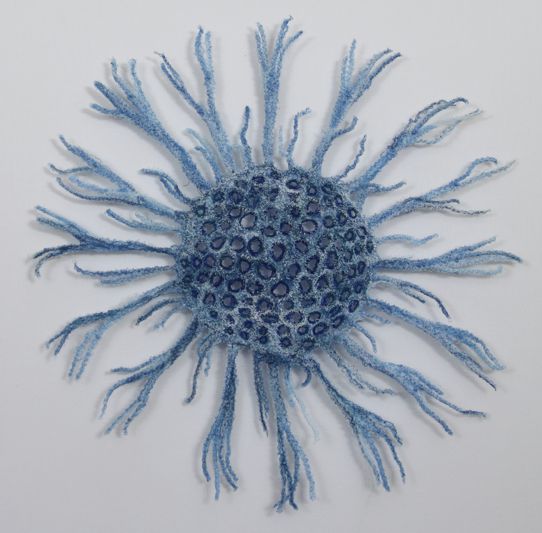

The effect of four extracts from neem seeds (Azadirachta indica) containing 2000, 5000, 9000 and 10,000 ppm of azadirachtin A (AZA), quantified by high-performance liquid chromatography (HPLC) and diluted to 1.25% 2.5% 5.0% 10.0% and 12.8% was verified by in vitro tests with engorged females and larvae of the cattle tick Rhipicephalus microplus. Keywords: Medicinal plants antibacterial activity antifungal activity Ivory Coast. vogelii was highly effective against the Gram-positive bacteria and the fungi. minutiflora contain metabolites with a specific effect on fungi and were not active against the bac-teria.

Were particularly active against the fungi: Dioscorea minutiflora and Erythrina vogelii. An antifungal activity was observed with 15 extracts (10.1%). No activity was detected against the Gram-negative bacteria, whileġ4.8% and 10.8% of the extracts showed Gram-positive bactericidal or bacteriostatic effects on S. Moreover, they were submitted to antifungal assays against Candida albicans andĬladosporium cucumerinum, a human and a plant pathogenic microorganism, respectively, known to be Strains (Escherichia coli, Pseudomonas aeruginosa) and the Gram-positive Staphylococcus aureus andĮnterococcus faecalis. sanguinues could be influenced by temperature and humidity changes.Ī total of 148 crude ethanol extracts from 115 plant species were tested in vitro against Gram-negative It is concluded that the ovipositional behaviour of Rh. The peak oviposition period was day 13 for belljar and day 16 for ambient conditions each with mean ± SD egg lay of 21, and peak total o f 39 eggs respectively. The pre-oviposition days under belljar conditions (11.1☙.15) was significantly shorter (p0.05) under belljar (22.3☙.69) than ambient (23.7☑0.7) conditions with the total mean ± SD number of eggs laid under each condition as 1021.9☑082.9☑173.0 respectively (p<0.05). The ovipositional pattern of fully engorged adult female Rhipicephalus sanguineus infesting sheep was studied under belljar conditions of mean ± SD (range) temperature of 25.4☒.16 (23 -29oC) and relative humidity 90% and ambient conditions of 26.4☒.4 (23.6-31.6oC) and relative humidity 63.0☓.93 (51.3-72%). Conclusion: Both these medicinal plants have high potential acaricidal effects on the engorged stage of R (Boophilus) annulatus in vitro. The mortality rate in both botanical acaricides was dose-dependent. In addition, essential oils applied at more than 20 and 60 mu L/cm(3) caused 100% egg-laying failure in engorged female ticks by Zataria and Artemisia, respectively while no failure was observed for the non-treated control group.
Prota zoa actor full#
annua the two highest concentrations needed 24 hpi to reach their full effect. multiflora mortality peaked at 15 hpi for all concentrations other than 20 mu L/cm(3) and took 24 h to achieve its maximum effect while for A. No mortality was recorded for the non-treated control group or for dilutions less than 5 and 10 mu L/cm(3) using Zataria and Artemisia essential oils, respectively. annua essential oil it was 33.2 to 100% (using 20 and 80 mu L/cm(3), respectively) by the end of the experiment (36 hpi). multiflora essential oil ranged from 26.6% (using 10 mu L/cm(3)) to 100% (using 40 mu L/cm(3)) and for A. Results: The mortality rate caused by different dilutions of Z. Mortality rate was analyzed using Repeated Measures Analysis of Variance, and comparison of means was carried out using General Linear Models Procedure. The mortality rates for each treatment were recorded 6, 15 and 24 hours post inoculation (hpi). (Boophilus) annulatus ticks using an in vitro immersion method. Six dilutions (5, 10, 20, 40, 60 and 80 mu L/cm(3)) of both essential oils were used against engorged female R.

Methods: This study was carried out in 2009 in the Laboratory of Parasitology of the Faculty of Veterinary Medicine of Shahrekord University, west central Iran. Background: The aim of this study was to investigate the 'acaricidal effect' of Zataria multiflora and Artemisia annua essential oils on Rhipicephalus (Boophilus) annulatus.


 0 kommentar(er)
0 kommentar(er)
